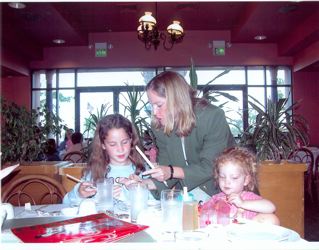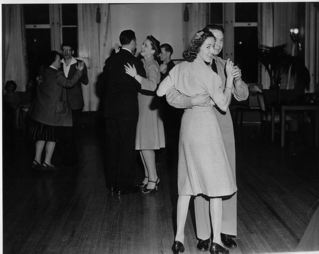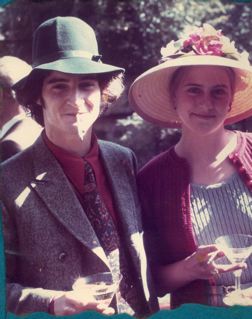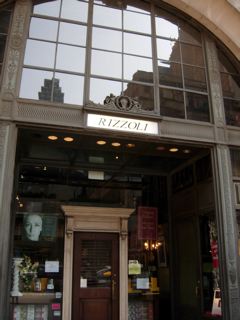Learning To Use Chopsticks
When Roosters Ruled Main Street, Half Moon Bay
Eeewwwww……Dr. Frankenstein’s Jar of…..Eeewwwwwwwwww
Purple Feathers
Dancing With WWII R&R Patients (Soldiers)
Guests At My 1970s Wedding
Map Of The Coastside Ranchos..
Rizzoli Has Only One Bookstore Left In The U.S.–
Addendum to–Coastside Cave Sheltered The Outlaw Pomponio
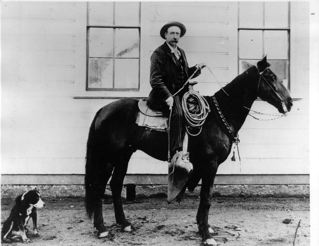 (Photo: Pablo Vasquez, son of Tiburcio, original grantee to the Corral de Tierra, the land grand stretching from Miramar to Half Moon Bay, often told the story of Pomponio.)
(Photo: Pablo Vasquez, son of Tiburcio, original grantee to the Corral de Tierra, the land grand stretching from Miramar to Half Moon Bay, often told the story of Pomponio.)
At about the time Pomponio was jailed and executed (1824), California began changing hands from Spanish to Mexican rule.
An atmosphere of bitter resentment against the vast wealth of te mission system had forced a solution–and some 10 years after Pomponio’s death, a directive from Mexico ordered the break-up of the missions. Perhaps the martyred Pomponio played a small role in bringing about the change.
Under the new order, the Mexicans parceled out grants of land to “men of good Spanish ancestry.” One of the beneficiaries was Tiburcio Vasquez, the former superintendent of Mission Dolores’ livestock. He applied for and received the southern portion of the Corral de Tierra, a land grant so named because the surrounding geographical featured formed a natural enclosure for cattle.
Tiburcio Vasquez is considered the founding father of “Spanishtown”–an earlier name for Half Moon Bay.
The Vasquez rancho stretched from Miramar to Pilarcitos Creek in Half Moon Bay, where Tiburcio’s son, Pablo, constructed a frame house that stands to this day.
The respected Pablo Vasquez–an expert equestrian and avid billiard player–who walked about with a collapsible cue stick–became a Coastside celebrity.
He had grown up at Mission Dolores and knew all the legends about Pomponio. But as is the case with legends, there was a mixture of historical accuracy and romance.
When asked about Pomponio, Pablo pointed toward a valley behind Half Moon Bay, which he said had been named after the famous outlaw Indian.
Pablo then launched into a story he loved to tell. While the padres slept soundly, he said, Pomponio and his gang repeatedly raided Mission Dolores, helping themselves to the horses in the corral. In an attempt to stop the annoying thievery, the fathers tied a bell to the neck of a mare in each corral. They believed this “alarm system” would prevent future robberies.
Of course, Pomponio quickly adapted to their clever alarm system. He outwitted the fathers by quietly approaching the corrals on tip toe while one of his gang captured the “bell mare” (tinkling the bell to reassure the padres that all was well). The bandits then filed out of the rear of the corral with a string of horses.
The following morning the shocked padres looked for their horses but all they found was the warning bell.
Pablo Vasquez became a Coastside legend in his own time–but there were no creeks or beaches or roads named in his memory. That was reserved for Pomponio, the renegade Indian who brought terror to the hearts of the mission fathers.


